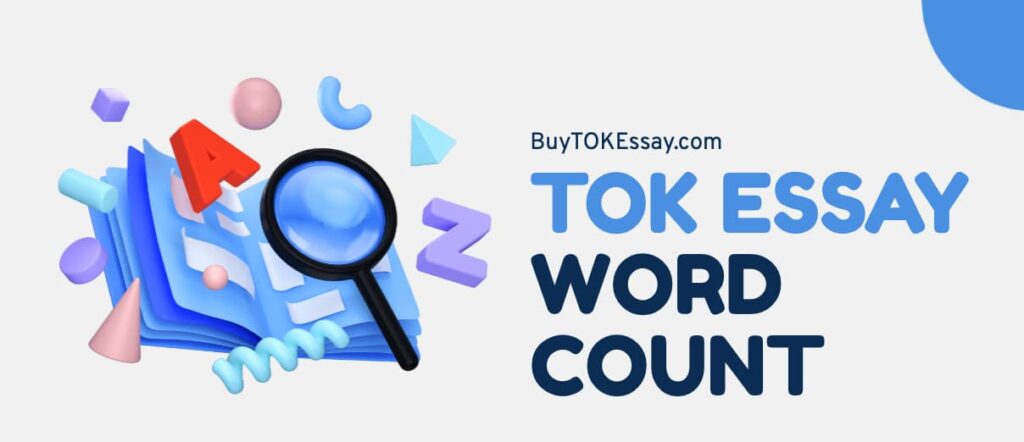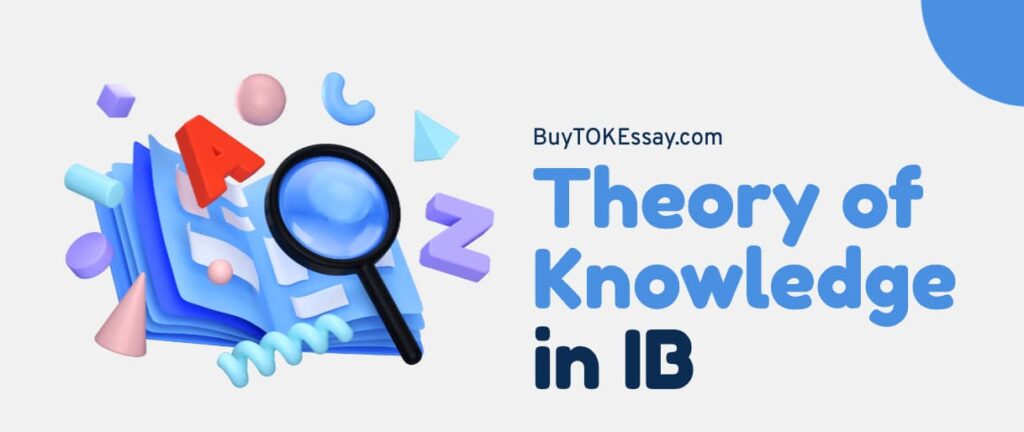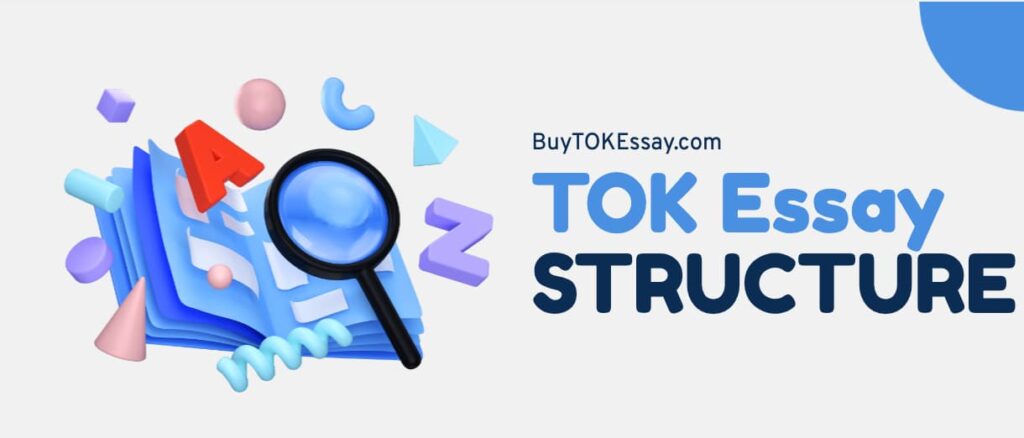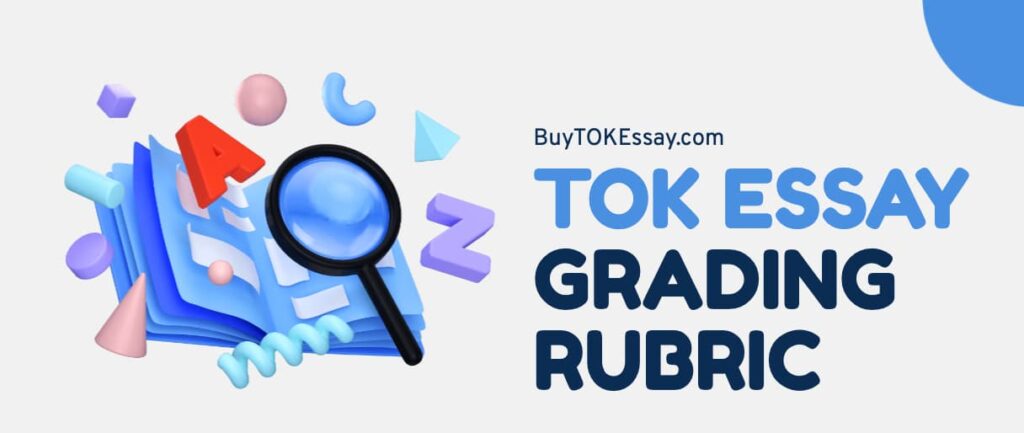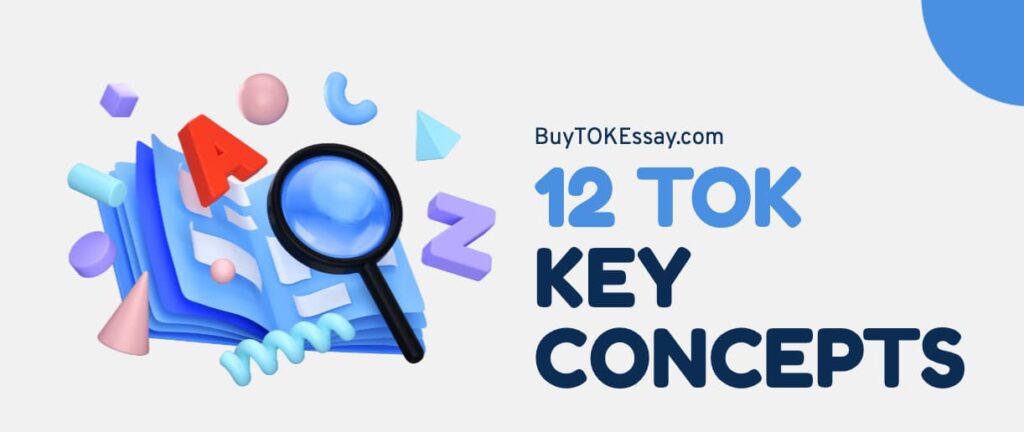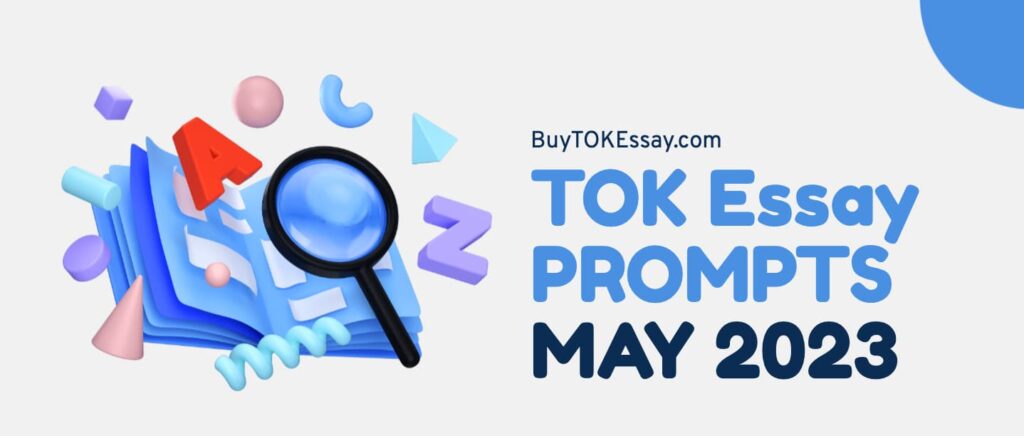Hello, IB students! As an experienced IB writer, I’m here to guide you through a significant aspect of academic writing: how to avoid plagiarism in an essay. Grasping this concept is essential for your academic success. Trust me, it’s a crucial skill that can significantly impact your educational path.
Understanding Plagiarism in an Essay
In my extensive experience, it’s clear that plagiarism isn’t only about blatantly copying someone else’s work. There’s also something called incremental plagiarism and this is a common problem in IB writing. This subtle form involves those small snippets and ideas that inadvertently sneak into our essays, often unnoticed. Recognizing plagiarism isn’t just an ethical issue; it’s fundamentally about developing and nurturing your unique voice and ideas as a writer, which is crucial.
So, what about the incremental plagiarism definition? To give you a clearer picture, here’s a list of common instances that might constitute this type:
- Paraphrasing Without Credit. Simply rephrasing an author’s words without acknowledging the source.
- Copying Ideas. Taking the essence of someone’s argument or analysis without giving proper attribution.
- Using Media Without Permission. It includes images, graphs, or videos not credited or used without consent.
- Collaboration Overstep. Working with others is great, but presenting a collaborative idea as solely your own can be a form of plagiarism.
- Forgetting Citations. Sometimes, in the writing flow, we forget to cite sources. This oversight, while unintentional, still counts.
- Self-Plagiarism. Submitting your previous work for a new assignment can also be considered plagiarism if not disclosed.
Each point highlights a different facet of plagiarism that we, IB students and writers, must be keenly aware of. This type of plagiarism is insidious because it can happen accidentally, especially if you’re not diligent about tracking your sources and making clear distinctions between your ideas and those you’ve learned from others. It’s essential to always cite your sources, even for small contributions, to maintain academic integrity.
Common Misconceptions About Plagiarism
Addressing misconceptions about plagiarism is crucial. A prevalent misunderstanding is that simply altering a few words in a sentence from someone else’s work makes it original. However, this is a misconception. True originality involves more than just superficial changes. It requires a deep understanding and reinterpretation of the original work.
From my experience in academic writing, especially in IB, it’s essential to recognize that simply tweaking a few words doesn’t make the content yours. Original writing stems from your understanding, analysis, and unique expression of ideas. Moreover, several other misconceptions about plagiarism need clarifying:
- Using common knowledge doesn’t require citation. While it’s true that common knowledge doesn’t always need a citation, the line between common knowledge and specialized information can be blurry. When in doubt, citing is the safer option.
- Citing sources is enough to avoid plagiarism. Citation is vital, but integrating these sources into your work also matters. It’s not just about acknowledging the source; it’s about adding your value and perspective to the cited information.
- Plagiarism only concerns text. Plagiarism can extend to ideas, designs, art, and even code. Any uncredited copying or use in these areas can be considered plagiarism.
- Plagiarism rules are the same everywhere. Different institutions and fields have varying rules about what constitutes plagiarism and how to cite sources. It’s essential to be aware of and adhere to the specific guidelines relevant to your context.
- Only students can commit plagiarism. Plagiarism is a concern in professional and academic fields alike. Professionals, researchers, and academics are also held to high originality and proper sourcing standards.
In essence, avoiding plagiarism isn’t just about following rules. It’s about respecting intellectual property, valuing originality, and committing to ethical standards in writing and research.

Tips to Avoid Plagiarism in Your Essay
As a seasoned IB writer, I’ve understood that mastering the art of original writing is essential. I’ll share these insights for those who don’t know how to get around plagiarism so you can confidently express your unique ideas while adhering to academic integrity.
1. Effective Note-Taking
From my experience, effective note-taking is crucial. When conducting research for an essay, always note down the sources. This habit ensures you can distinguish between your thoughts and those sourced from others, which is vital when citing your references.
2. Master Paraphrasing
What is a good rule to follow to avoid plagiarism? Paraphrasing, when done correctly, is a valuable skill. As I know from my writing, it’s not just about changing words but about restating a concept in your voice. Remember to cite the source, as the idea behind the words is not yours.
3. Use Quotes Correctly
Quoting directly from a source can be powerful, but it should be done sparingly. In my writing, I use quotes to emphasize a point where the original wording is essential. Always use quotation marks and cite the source.
4. Accurate Citation
Proper citation is your safeguard against plagiarism. Whether it’s MLA, APA, or Chicago style, understanding and consistently applying the correct citation format is, in my experience, a non-negotiable aspect of academic writing.
5. Develop Your Voice
Developing your unique voice and perspective is perhaps the most rewarding part of writing. You create work that genuinely reflects your understanding and insights by synthesizing information from various sources and adding your analysis.
6. Use Multiple Sources
Relying on a single essay can limit your perspective and increase the risk of plagiarism. Use multiple sources to gather diverse viewpoints and information. It enriches your essay and minimizes the likelihood of plagiarism while you write.
7. Check Your Work with Plagiarism Tools
Lastly, using plagiarism detection tools is a practical step I always recommend for those who don’t know how to plagiarize without plagiarizing. These tools can catch unintentional plagiarism, allowing you to revise accordingly before submission.
How to Use Citations Correctly in an Essay?
Drawing from my extensive experience as an IB writer, I can’t emphasize enough the importance of using citations correctly in academic work. Understanding and accurately applying citations is not just about avoiding plagiarism; it’s a demonstration of academic integrity and respect for the intellectual work of others.
According to general IB criteria, citations serve several purposes. They allow readers to verify your sources, give credit to the original authors, and demonstrate the depth of your research. Citations boost the credibility of your work and showcase your ability to engage critically with existing scholarship.
Several citation styles are commonly used in academic writing, each with its rules and formats. Here’s a list of some widely recognized styles:
- APA (American Psychological Association). Often used in the social sciences, the APA style emphasizes the author and year of publication. Example: (Smith, 2020).
- MLA (Modern Language Association). Preferred in humanities, MLA focuses on the author-page format. Example: (Smith 23).
- Chicago Style. This style offers two variants — the author-date system for sciences and the notes-bibliography system for humanities. Example: (Smith 2020, 23) or as a footnote.
- Harvard Style. Similar to APA, it’s author-date based and widely used in many fields. Example: (Smith, 2020).
- IEEE (Institute of Electrical and Electronics Engineers). Citing sources as numbers corresponding to a reference list is common in technical fields. Example: [1].
The choice of citation style often depends on the discipline and sometimes specific instructor or institutional preferences. It’s crucial to adhere to the chosen style consistently throughout your paper.

Need Help with Your IB Essays?
Maximize your potential and boost the excellence of your essays with the help of our experts at BuyTOKEssay.com! Whether you’re starting from scratch or fine-tuning your existing assignment to meet your supervisor’s demands, our team is here to make your dream of a perfect paper a reality. Say goodbye to writer’s block and hello to success with just one click.
How to Copy an Essay Without Plagiarizing?
From my extensive experience as an IB writer, one question that often arises is how to use an essay’s content without falling into the trap of plagiarism. The key lies in developing your unique voice and perspective. It’s about internalizing the ideas and then expressing them through the lens of your understanding and insights.
When you come across an essay that resonates with you, take a moment to reflect on what exactly strikes a chord. Is it the argument, the data, the way it’s presented? As I know from my practice, the next step is critical: synthesizing this information to align with your thoughts and thesis. This process involves interpreting the original material, drawing connections to your ideas, and articulating them to reflect your unique standpoint.
As per general IB criteria, authenticity in writing is highly valued. It’s not just about academic honesty; it’s also about the quality of your thinking and writing. A strong, individual voice demonstrates a deep engagement with the topic and shows that you’re not just repeating someone else’s thoughts but contributing to the conversation.
In my opinion, the essence of academic writing is not just to inform but to contribute. Every essay is an opportunity to showcase how you process, integrate, and articulate ideas. So, when using an existing essay, remember it’s a source of inspiration, not a template.
Conclusion
To conclude, let’s acknowledge that avoiding plagiarism involves more than just adhering to guidelines; it’s about refining your writing abilities and critical thinking skills. As you proceed on this path, remember these insights, and you’ll see yourself steering clear of plagiarism and evolving into a more assured and proficient writer. It’s crucial to understand that it’s not solely about finding ways to circumvent plagiarism but rather about forging your distinct presence in the academic realm.
Continue learning, persist in your writing, and strive for originality! And if you need help with academic writing, don’t hesitate to contact our team of experts for guidance.
